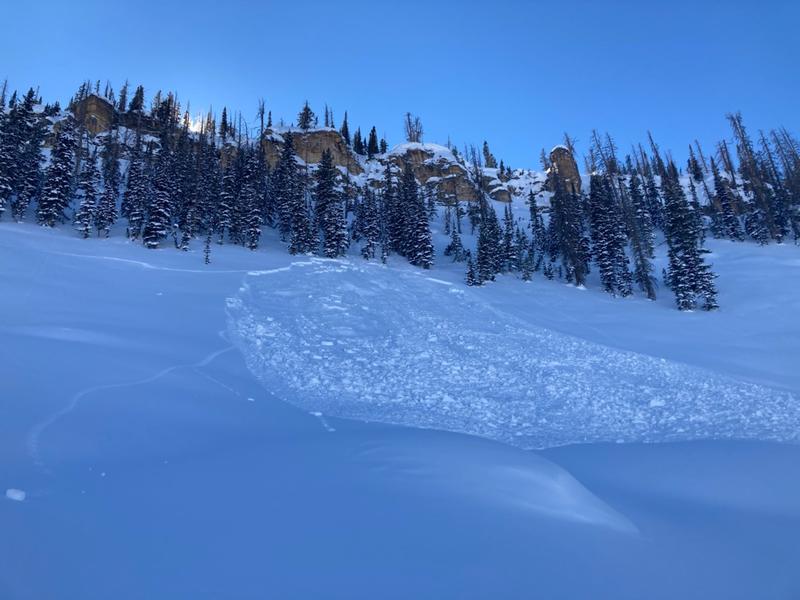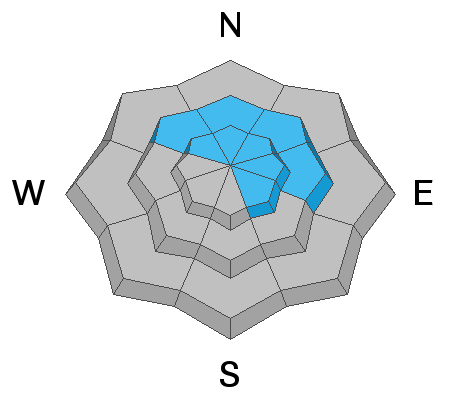Wanna share a cuppa, interested in the this years snowpack trends, or maybe just NSF curious? Well then, you came to the right place... please join me at 6:30, Alpha Coffee on Wednesday March 2nd and we can discuss the future of snowpack satiability trends together. Save the date, take a date, and I look forward to seeing you there :)
NOWCAST-
High clouds drifting into the region late yesterday, decided... nothing to see here, moved along and have been replaced with nothing but clear skies. Indeed it's a beautiful morning in the mountains with a slight temperature inversion developing, which means it's in the teens at the trailheads and low to mid 20's on the ridges. West and northwest winds blow just 10-20 mph even near the high peaks. Dribs and drabs of new snow trickling in last week added up and it's starting to feel deep, especially on wind-sheltered, shady slopes where the new snow rests on soft, faceted snow.
FORECAST-
Expect another stunning day in the mountains as building high pressure delivers light winds and nothin' but blue skies along with high temperatures climbing into the mid and upper 30's. Overnight lows dip into the teens.
FUTURECAST-
Clouds drift in and out of the region through midweek, but no big changes in the pattern until perhaps Thursday. Details for more stormy weather is still being sifted through and I'll keep you updated as details develop.
Trip reports and current state of the snowpack observations are found
HERE.
Over-the-head and over-the-hood.... looks like Dan G found a honey hole yesterday.
Looking for real-time temps, snow, or wind?
Click HERE and then on the "western Uinta" tab for western Uinta specific, weather station network.












